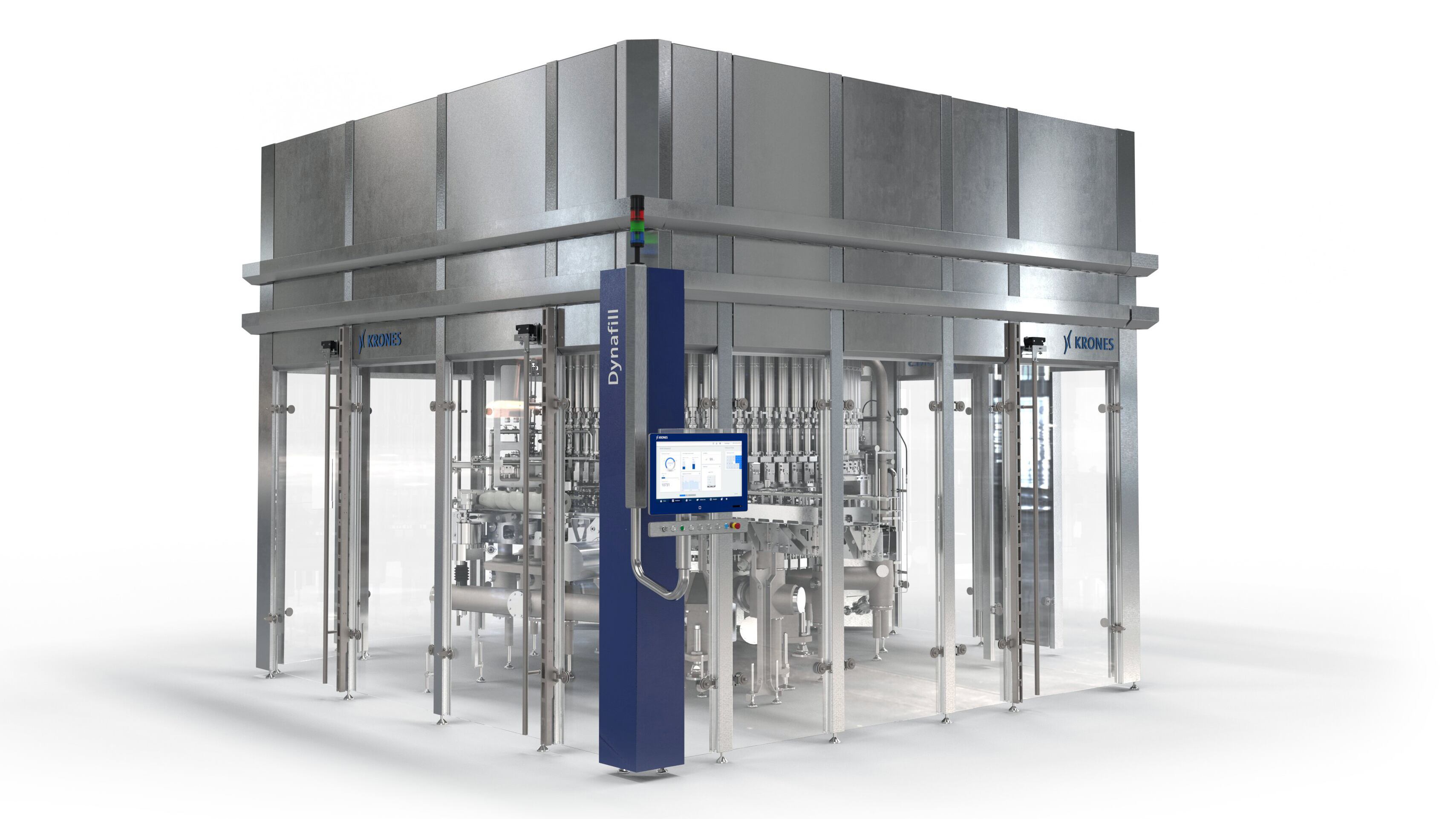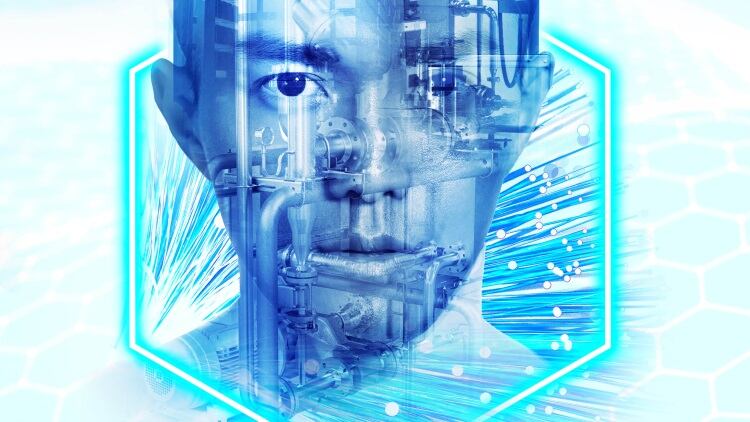The Covid-19 pandemic has significantly accelerated the trend to digitalisation in almost all areas of life, including in the food and beverage industry.
Though the branch has already taken the first steps and implemented digital solutions in the past, there is still a high potential for development. But what does digitisation in the production mean? In the past few years there have always been different views and descriptions and companies had to find the right path for themselves. In general, digitalisation in the production environment has made a name for itself under the term “Industry 4.0”. It is referring to “intelligent networking of machines and sequences used in an industrial setting with the aid of information and communications technology.”
Taking the step into a digital environment makes a lot of sense for companies on many levels. It can be used to design production sequences more efficiently and to optimally plan and make use of existing resources (systems, materials, employees, etc.) Collecting and analysing data from ongoing production allows sequences to be designed more flexibly and with the greatest possible degree of automation. In addition, on the basis of the data obtained, deductions can be made with regard to condition monitoring and even predictive maintenance. They are then also less susceptible to malfunctions or stops. In short: Digital production helps uncover a wealth of optimisation potential – and this is precisely why it is one of the greatest forces adding impetus to and influencing the production of the future.
The central technology and basis for the employment of Industry 4.0 is the Internet of Things. It describes the network of physical objects, a.k.a. “things”, that are embedded with sensors, devices, software, and other technologies for the purpose of connecting and exchanging data with other devices and systems over the internet.
However, you do not need to look too far ahead to find such potential. As in many other industries, the food and beverage industry is already home to a large number of digital solutions along the value chain today. The only prerequisite: The willingness to embrace and accomplish such a digital transformation.
But to make working with data possible at all, one thing is quite crucial: the connectivity of the machines and lines. Connectivity means that a computer, program, device or system is generally capable of connecting to the internet, another computer, etc. This connectivity forms the basis for the exchange of data – and thus the basis for all digital solutions.
Nonetheless, connectivity on its own is not enough – for only when the individual machines and lines are permanently connected is it possible for companies to benefit from the acquired data. It is therefore imperative to establish a digital ecosystem right from the outset. This refers to connected IT resources that can function as a unit, for example a variety of hardware solutions and connected software systems. Digital ecosystems are made up of suppliers, customers, trade partners, applications, third party suppliers of data services and all of the technologies related to them. Collaboration and interoperability are the key to the ecosystem’s success.
Krones’ prime focus in digitalisation is on complete plants and on filling and packaging lines. The aim here is to offer customers maximum scope for optimisation and cost savings in production. In a first step, in the Krones Ecosystem, the company is creating the basis for integrating all machines in a line and collecting and analysing machine data. Inferences are drawn from the data using artificial intelligence. This in turn enables the development of new digital services that Krones makes available to operators of lines on the proprietary industrial Internet of Things (IIoT), which is named Krones.world.
Line operators will have access in future to custom-tailored software packages under service level agreements. End-to-end data tracking and analysis not only benefits customers in production. These functions also help Krones right from the installation stage. They accelerate and simplify installation, thus reducing the time and human resources needed on site for commissioning. Because the lines are digitally connected, Krones can also service them remotely. The digital functionality also has a positive impact on service, maintenance and troubleshooting. Production downtime is largely avoided. In a second step, once customers’ lines are integrated into the Krones Ecosystem, they can be controlled and tracked directly via the IIoT platform.






